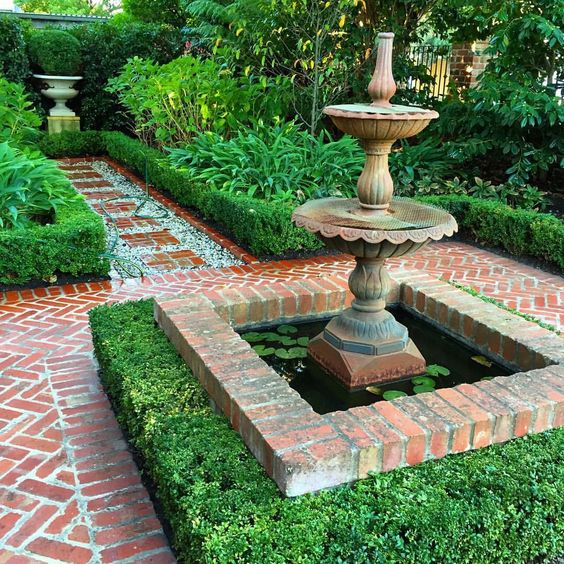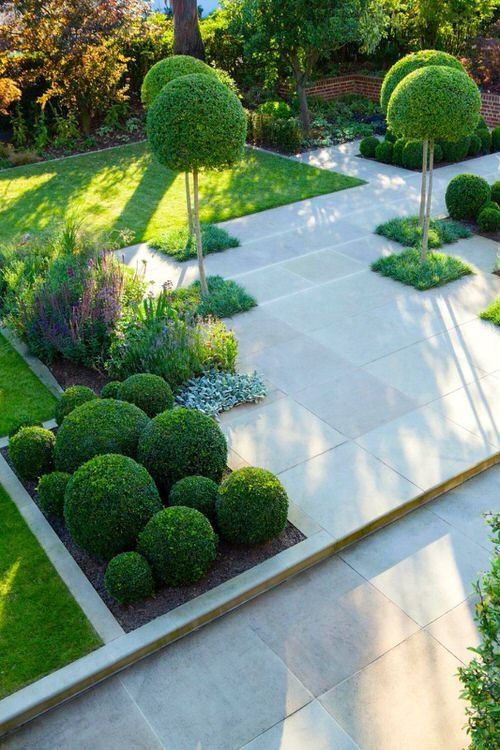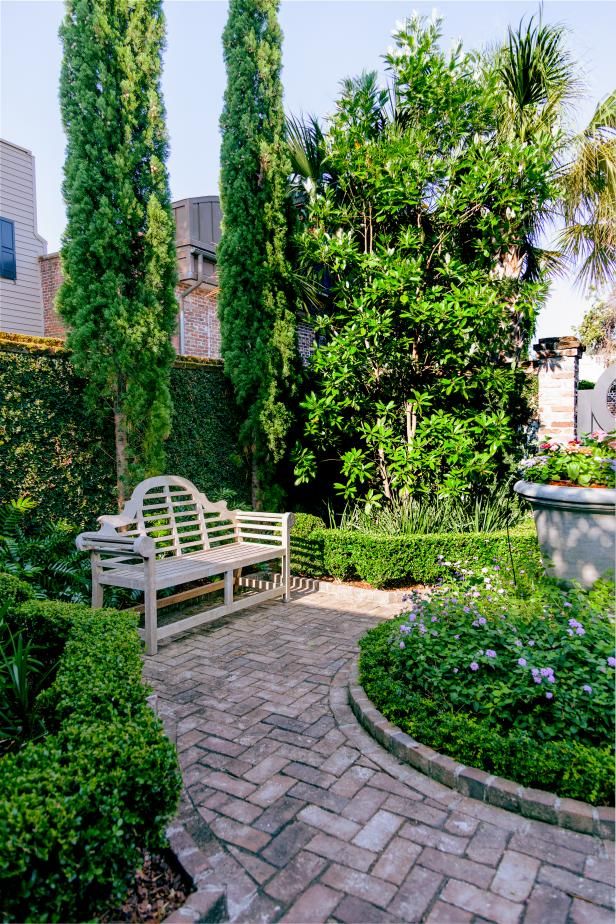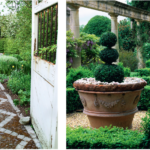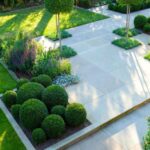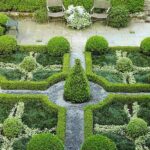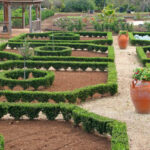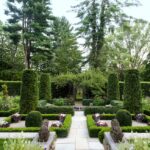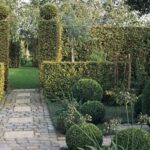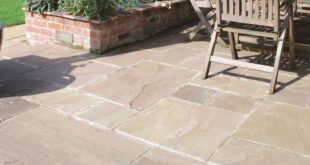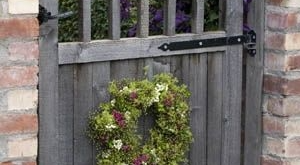Formal garden design is a timeless and elegant style that has been popular for centuries. Characterized by symmetrical layouts, geometric shapes, and meticulously manicured plants, formal gardens offer a sense of order and sophistication that is unmatched by any other style. From the ornate gardens of Versailles to the classic English parterres, formal garden design has a rich history and continues to be a popular choice for many modern gardeners.
One of the key features of formal garden design is the use of geometric shapes and symmetry. Box hedging, straight paths, and carefully positioned statues or fountains are common elements in formal gardens, helping to create a sense of balance and harmony. This precision and attention to detail give formal gardens a sense of grandeur and majesty that is hard to replicate in more relaxed or informal styles of landscaping.
In addition to its aesthetic appeal, formal garden design is also practical and functional. The structured layout of a formal garden makes it easy to navigate and maintain, with clear paths and defined borders helping to keep the garden looking neat and well-maintained. This makes formal gardens a popular choice for public spaces, such as parks and botanical gardens, where a polished and welcoming atmosphere is desired.
Another advantage of formal garden design is its versatility. While traditional formal gardens may be quite elaborate and ornate, there are also more simplified and modern takes on the style that can be adapted to suit a wide range of different settings and preferences. Whether you prefer a traditional English garden with intricate knot gardens and topiaries, or a more contemporary take on formal design with clean lines and minimalistic planting schemes, there is a formal garden style to suit every taste.
When designing a formal garden, it is important to consider the overall layout and structure of the space. Symmetry and balance are key principles in formal garden design, so it is important to carefully plan the placement of paths, hedges, and other elements to create a cohesive and harmonious design. Careful consideration should also be given to the choice of plants and materials, with a focus on creating a sense of order and refinement that is characteristic of formal garden design.
Overall, formal garden design is a classic and timeless style that offers a sense of elegance and sophistication that is hard to match. With its structured layout, geometric shapes, and meticulously pruned plants, formal gardens create a sense of order and beauty that can be enjoyed for years to come. Whether you prefer a traditional or modern take on formal design, there is a style of formal garden to suit every taste and preference.
 yishifashion Where Outdoor Dreams Become Reality
yishifashion Where Outdoor Dreams Become Reality
